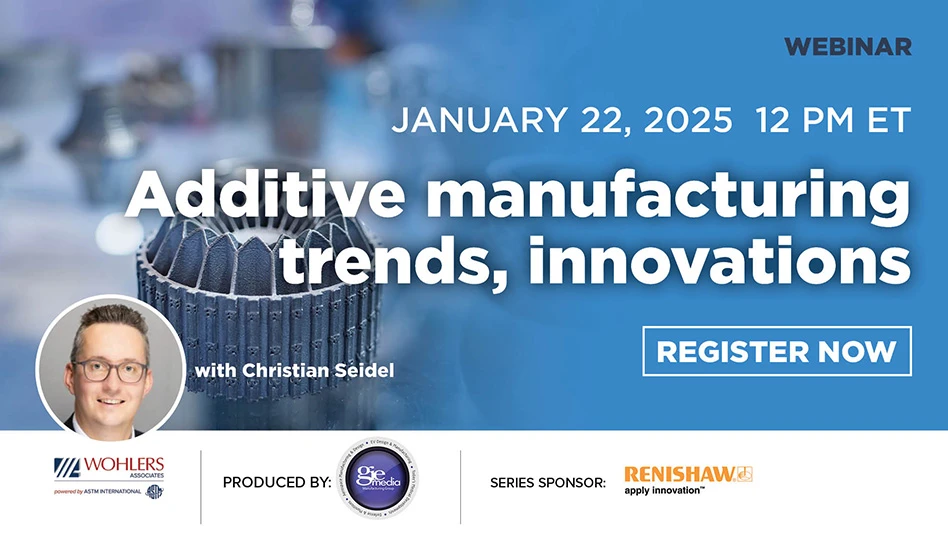Too, WEEE, Waste Electronic and Electrical Equipment, requires that manufacturers, distributors and sellers of specific appliances and electrical equipment provide recycling and disposal facilities for their products as of August 13, 2005.
In North America, the removal of products with hazardous substances is growing rapidly. The RoHS Directive is in the process of becoming a law in states like California, Maine, Massachusetts, Vermont and Connecticut. There has been a delay in North America for several reasons. In manufacture, there are higher costs for raw materials used in compliant cables. The greatest obstacle for compound suppliers was in meeting long term wet insulation resistance testing under UL Standard 83. At this point, the first North American company to offer standard cables free of hazardous or harmful substances is Lapp USA. Its Olflex Tray II and VFD hazardous free cables are the first that have met the UL requirement. To learn about the offerings, visit www.lappusa.com.

Explore the July 2005 Issue
Check out more from this issue and find your next story to read.
Latest from Today's Medical Developments
- Walter USA unveils new state-of-the-art campus
- Fixtureworks’ manual-style snap clamps
- Cutting Tool Market Report shows orders up from Sept. 2024
- Mahr’s expanded Precimar SM 60 length measurement family
- Prosthetic material could reduce infections from intravenous catheters
- The Okuma GENOS L3000-e MYW Brings Versatility to the Table
- Replace, Repair, or Retrain? | Okuma
- Master Multitasking with the Okuma MULTUS U3000





